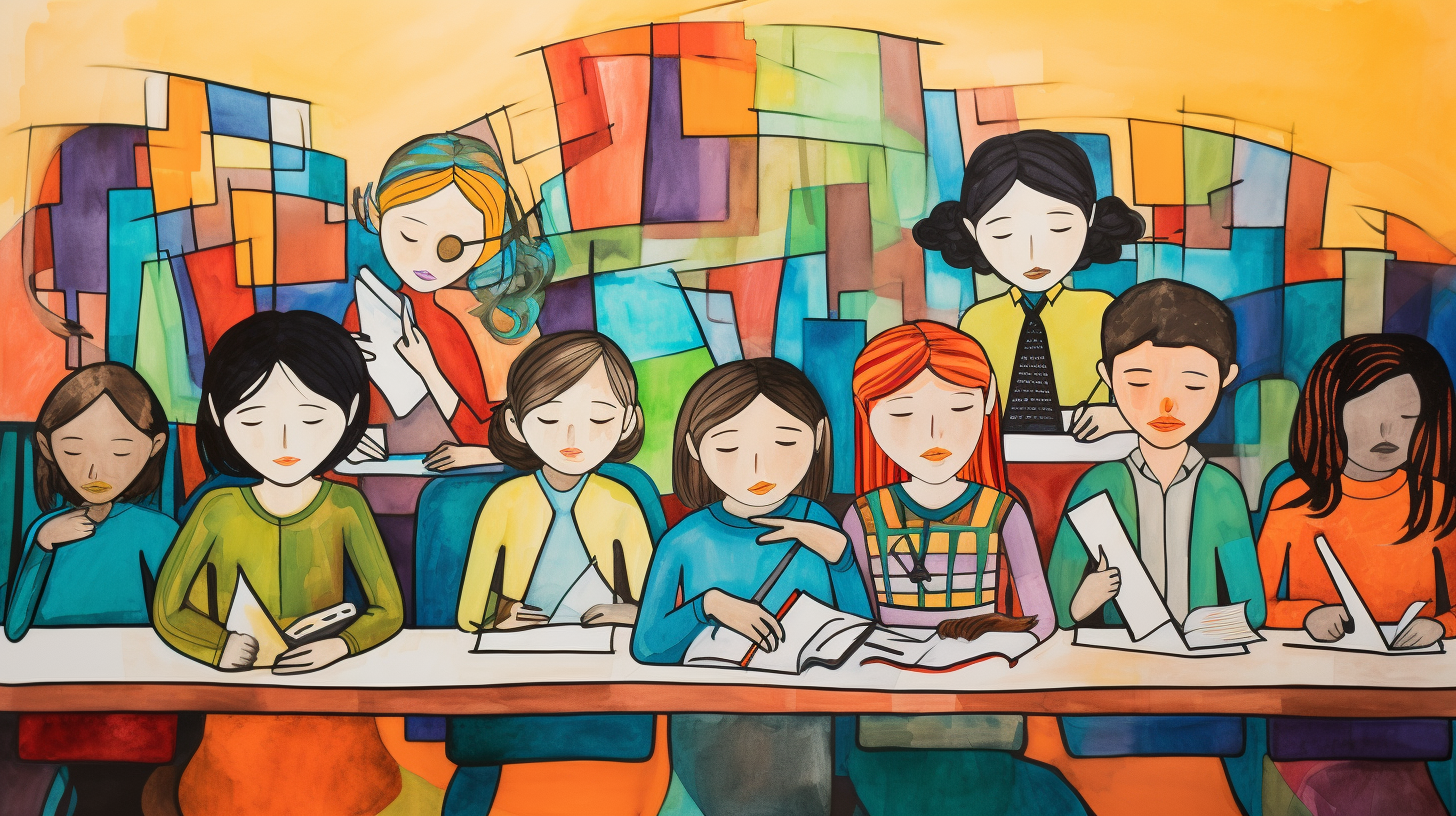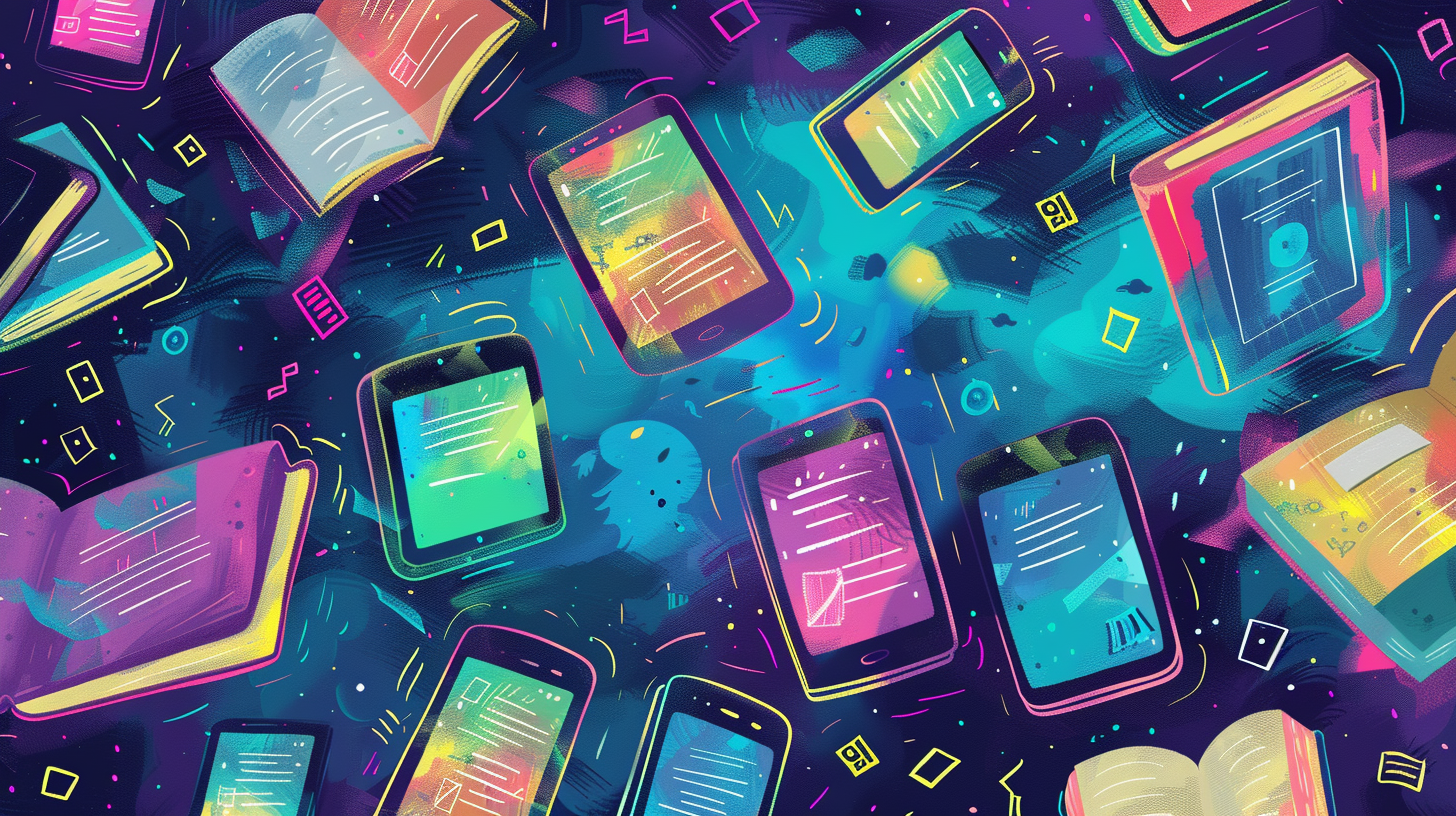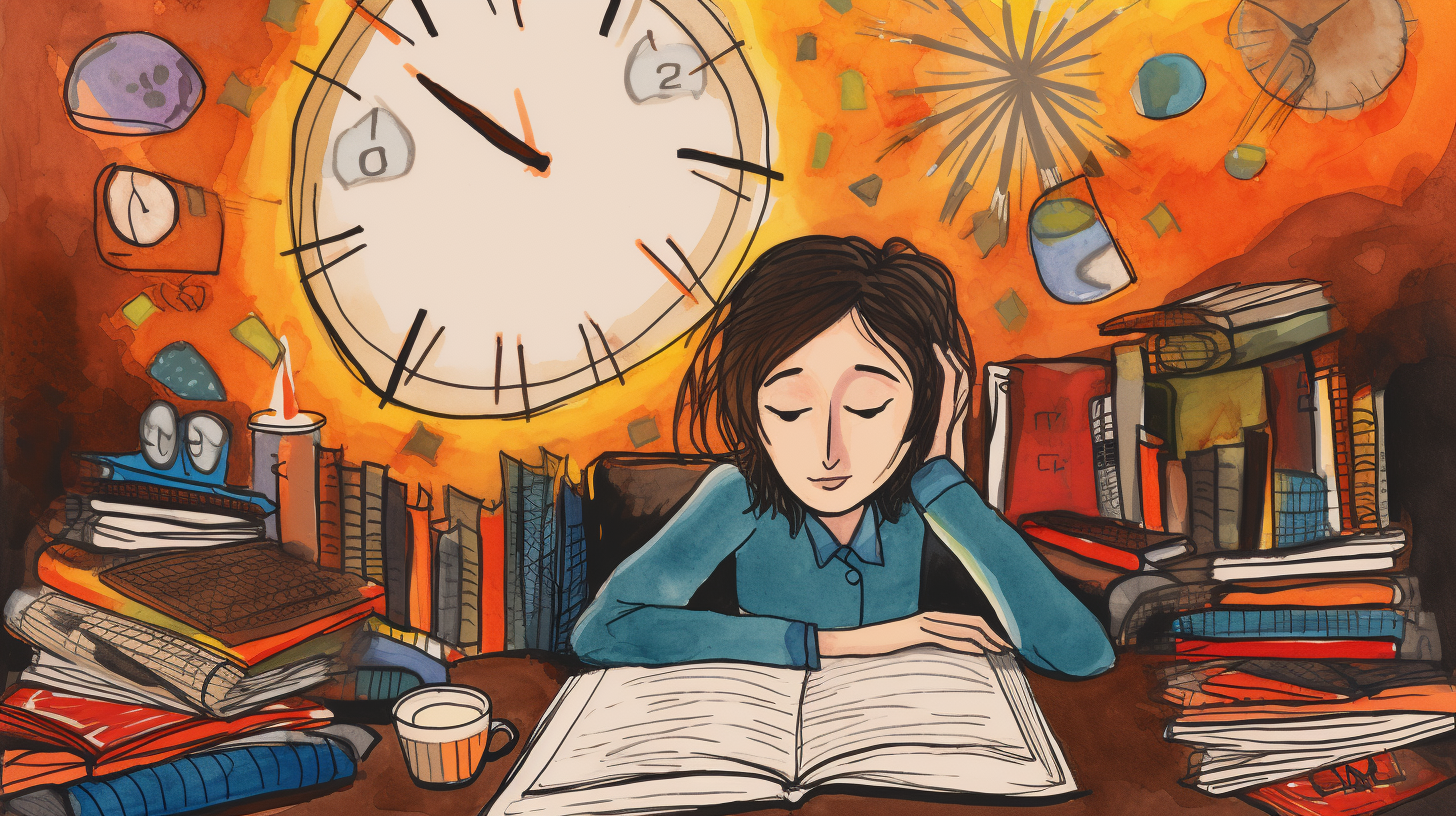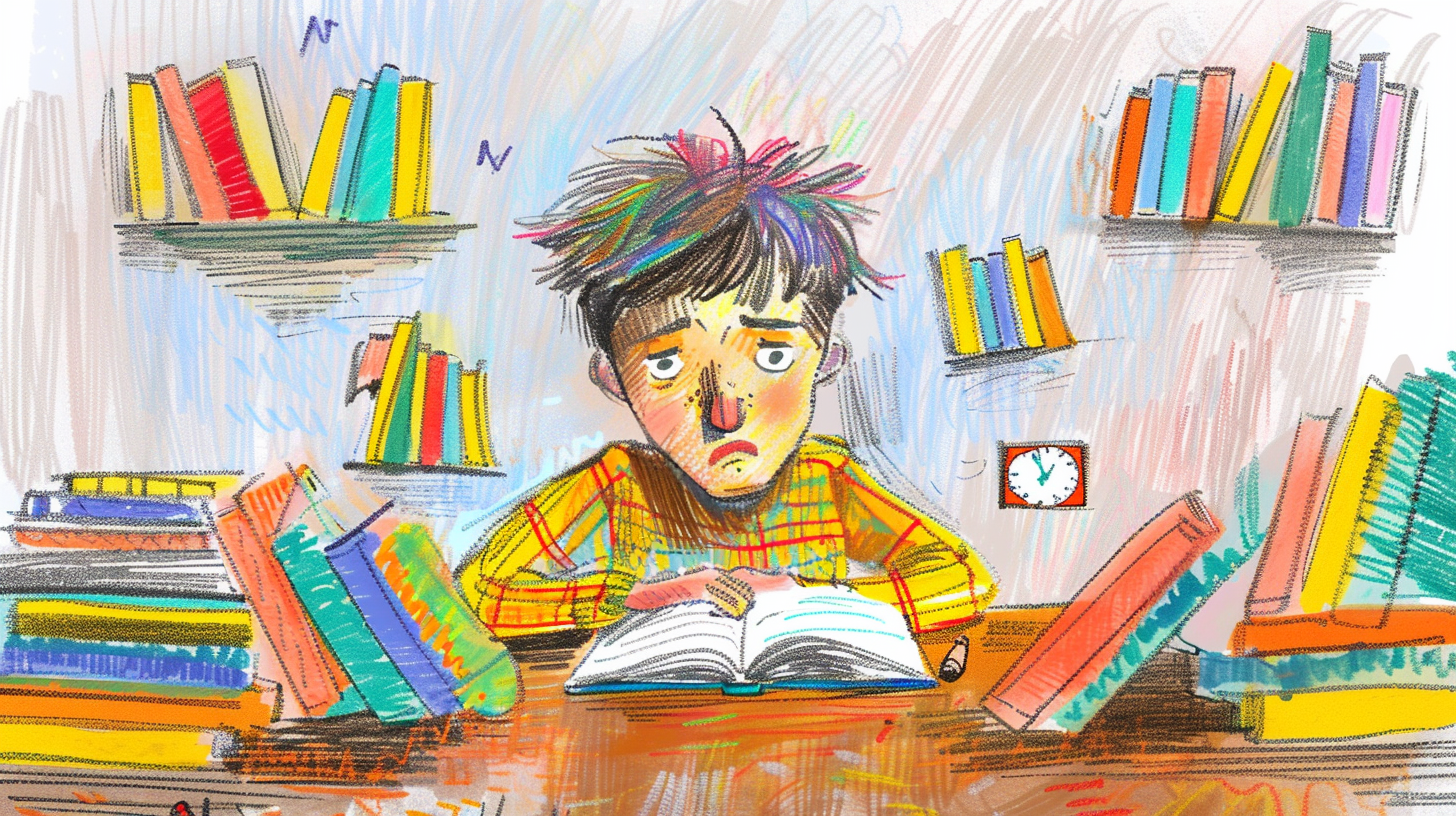Ever wondered where you fit in the vast spectrum of types of readers? Whether you’re a casual page-flipper or a voracious bookworm, there’s a reader type that perfectly encapsulates your literary habits. Jump into the world of various kinds of readers, and you might discover your bookish alter ego.
Various Types of Readers
In your journey through the literary world, you’ll find an array of types of readers, each with a distinct reading style. Understanding what kind of reader you are can enhance your reading experience and help you choose books that align with your preferences.
The Voracious Reader: You will likely be in this category if your book appetite is insatiable. You might power through a novel in a single sitting. It’s not just about the quantity; the passion for stories drives you.
- Reads several books simultaneously
- Finishes books quickly
- Dives into various genres
The Audio Enthusiast: Your reading style isn’t confined to printed text. Audiobooks allow you to consume literature effortlessly, whether commuting or multitasking. For this type of reader, the narration adds depth and emotion to the story, often bringing characters to life in a way that text alone cannot.
- Prefers listening over reading.
- Values the convenience of audiobooks.
- Enjoys the emotional depth of narrations.
The Critical Reader: Analyzing and dissecting a narrative is your forte. Every metaphor, character development, and plot twist is a puzzle to be solved. You engage with the text deeper, drawing conclusions and forming critiques.
- Reads with an analytical approach
- Engages deeply with content
- Seeks out complex narratives for dissection
The Comfort Reader: Familiar stories and beloved genres provide you with comfort. You return to favorite books and prefer a predictable reading style, like the cozy warmth of a good romance or the exhilarating certainty of thrillers.
- Revisits favorites frequently
- Sticks to preferred genres
- Find joy in the known and predictable. As you navigate the various types of book readers, remember that you’re not boxed into one category. Your reader type may evolve, or you might find yourself belonging to different kinds of readers depending on the day or mood. Embrace your unique approach to reading and let it open up new worlds and experiences.
Casual Readers
Characteristics of Casual Readers
Casual readers, a distinct reader type, fit reading into their lives without it being the focal point. You might identify with this style in reading if picking up a book comes after a myriad of other activities or responsibilities. The characteristics of these different types of readers include:
- Reading is spontaneous, depending on free time and mood
- A diverse range of genres and authors are appreciated
- There is no rush to finish a book; the pace is leisurely and stress-free
- Engagement with both digital and physical books is often dictated by convenience. These are the kinds of readers who might carry a book for weeks, slotting in pages during breaks or before bed. You’ll find them with an e-book at lunch or a paperback companion for a weekend getaway. They’re not bound by the intensity of voracious readers nor limited to the sensory experience of audio enthusiasts. Instead, casual readers embody flexibility in their reading style.
Benefits of Casual Reading
Casual reading might seem laid-back, but it comes with its own set of advantages. Whether you consider yourself a casual reader or are exploring different types of book readers to discover your niche, the benefits are noteworthy:
- Enhances the ability to multitask by fitting reading into various aspects of daily life
- Reduces pressure, so fostering a more enjoyable and relaxing reading experience
- Encourages diversity in choice, broadening perspectives, and exposure to new ideas. For casual readers, books are a pleasure, not a pursuit. This relaxed approach is particularly conducive to audiobooks, which can transform the mundane parts of your routine into captivating storytelling sessions. As types of readers find their preferences evolving, casual readers often turn to audiobooks for their convenience and multi-tasking-friendly nature.
By embracing the casual reading style, you open yourself up to a world where stories complement life rather than command it. Audiobooks, in particular, cater to this balance, allowing you to soak in knowledge and narrative while going about your day. As you step into the world of audiobooks, you’ll join countless others who have discovered how seamlessly this type of reader can integrate reading into a bustling lifestyle.
Avid Readers
Characteristics of Avid Readers
You may find yourself or someone you know within the avid reader category—a type of reader whose love for reading is both insatiable and encompassing. Avid readers exhibit several key characteristics:
- Consistent and voracious reading habits – Rarely seen without a book, these readers devour texts eagerly, embracing various genres and authors.
- Deep engagement with content – They’re known for their deep dives into the layers of storytelling and character development, often retaining detailed knowledge about their reads.
- Prioritization of reading in daily life – For avid readers, setting time aside to indulge in a new chapter isn’t just routine; it’s essential.
- Active participants in reading communities – Whether it’s a book club or an online forum, this type of reader relishes in discussing and sharing ideas about books.
These individuals represent the echelon of the 3 types of readers, displaying a commitment to reading that can border on the impressive. It’s not just a reading style; it’s a lifestyle for them.
Benefits of Avid Reading
Engaging as an avid reader sets the stage for a myriad of advantages, particularly in this digital era. Among the gains, you’ll notice:
- Enhanced cognitive function – Regular reading strengthens brain connectivity, improving memory, focus, and analytical skills.
- Increased empathy – Immersion into diverse characters’ lives fosters understanding and emotional intelligence.
- Broadened horizons – Exposure to various topics and viewpoints cultivate a well-rounded knowledge base and openness to new experiences. For you, avid reading might also mean embracing audiobooks. The convenience of audiobooks aligns seamlessly with the avid reader’s lifestyle, allowing the absorption of literature while multitasking or on the go. Given a vast digital library at your fingertips, audiobooks suit your dynamic approach to literature, ensuring that your expansive reading habits continue uninterrupted.
Audiobooks also open up the world of stories through professional narration, adding a layer of depth and emotion that can enhance your understanding and enjoyment. With transactional terms like “types of book readers” or “reader type,” there’s a recognition that audiobooks can magnify the strengths of an avid reader, integrating seamlessly into their established style in reading.
Bibliophiles
Characteristics of Bibliophiles
Your undeniable passion for reading categorizes you as a bibliophile who doesn’t merely read but cherishes every aspect of the book. Whether it’s the tactile feel of the pages or the intoxicating smell of a new book, every detail resonates with you. Just like different types of readers showcase distinct preferences, you, as a bibliophile, exhibit particular traits.
You’re likely to build expansive home libraries, becoming susceptible to Tsundoku — the act of accumulating books that stay unread. Your reading style is comprehensive, often including kinds of readers like the Book Juggler, adept in handling multiple books at once, or the Digital Devotee, embracing types of book readers who savor the convenience of a digital library.
Benefits of Being a Bibliophile
Your reading style serves more than your voracious reading appetite; it confers tangible cognitive and emotional advantages. Delving into various types of reader experiences, especially when utilizing audiobooks, offers flexibility that enhances your ability to multitask, absorbing literature while engaging in other activities.
Research has shown that audiobooks can benefit different kinds of readers, providing an immersive experience that can improve comprehension and retention for auditory learners. The bibliophile’s natural inclination to explore 3 types of readers — auditory, visual, and kinesthetic — is achieved effortlessly with audiobooks. Engaging with styles in reading through auditory means can also nurture empathy and enrich vocabulary without the constraint of carrying physical books.
Digital Readers
Characteristics of Digital Readers
You’re part of a growing community if you’re a digital reader. Your life seamlessly blends with technology, so it’s no surprise that your reading style does, too. Digital Readers are known for their tech-savvy nature, quickly scrolling through e-books and tapping into the next generation of literature. Here’s what sets you and other digital readers apart:
- Adaptability to new formats: You’re not fazed by the shift from paper to pixels. E-books, audiobooks, and online articles are your go-to.
- Constant consumption: In a sea of content, you effortlessly navigate from social media posts to online news.
- Preference for convenience: The allure of having thousands of titles accessible at your fingertips means your library is vast and always with you.
Benefits of Digital Reading
As a digital reader, you’ve embraced the unique advantages that come with this territory. As you explore types of readers, here are the benefits of your chosen medium that are hard to ignore:
- Storage: Say goodbye to physical clutter. Digital books allow you to store an entire library on a single device.
- Portability: You can carry literature in your pocket, ready to jump into a new story wherever you are.
- Multitasking: Audiobooks, a favorite for many kinds of readers, free up your hands and eyes, making it possible to enjoy books while commuting or performing other tasks.
- Accessibility: Adjust font sizes, use text-to-speech functions, and read in the dark. Your reading experience is fully customizable.
Given your reading style, you’re likely to find that audiobooks enhance your ability to absorb and enjoy literature even amid a busy lifestyle. Whether you’re the type of reader who enjoys dense fiction, thrilling nonfiction, or self-help guides, this format has something for everyone. Let’s continue exploring the different types of book readers and their unique habits to understand better where you fit in the diverse world of reading.
Conclusion
Whether you’re an avid digital reader or you’re just beginning to explore the convenience of e-books and audiobooks, there’s no denying the impact of technology on reading habits. You’ve seen how digital platforms can transform your reading experience, offering unparalleled accessibility and a wealth of options at your fingertips.
As you continue to navigate the evolving literature landscape, remember that your reading journey is unique. Embrace the flexibility and discover new ways to indulge in your favorite stories. Stay tuned as we investigate deeper into the world of readers and uncover more insights into how you can enhance your reading experience.
Frequently Asked Questions
What are the different types of book readers?
Readers vary from Series Junkies, who thrive on diving into book series, to The Polygamist Reader, who juggles multiple books at once. There’s The Partial Reader, who often leaves books unfinished, and The Physical Book Loyalists, who prefer the tactile experience of printed books. Nonfiction Lovers prioritize factual literature, and Adult YA Addicts enjoy Young Adult titles well into adulthood.
What is Bibliophobia?
Bibliophobia refers to the excessive fear of books. It’s a specific phobia, categorized under anxiety disorders, where individuals may fear all books or particular types like textbooks or children’s stories.
What is the slang for book lovers?
Book enthusiasts are often called ‘bibliophiles,’ indicating a book lover. For those who voraciously consume books, ‘bibliophage’ is the more fitting slang; it describes someone with an insatiable appetite for reading.
What are the 4 types of reading?
The four primary reading techniques are skimming (reading quickly for an overview), scanning (searching for specific information), intensive reading (analyzing text in detail), and speed reading (rapid reading for comprehension).
What are the three types of struggling readers?
Struggling readers can be broadly classified into three types: those with a phonological deficit who have trouble with language sounds; those with an orthographic or processing speed deficit affecting their recognition of the visual print; and those with a comprehension or language deficit, impacting their understanding of the text.




